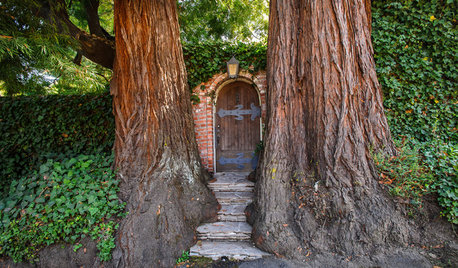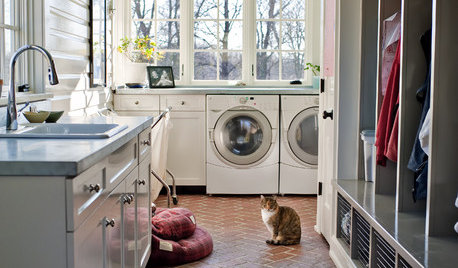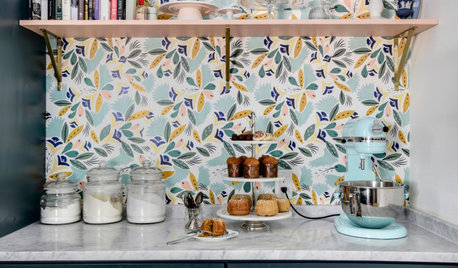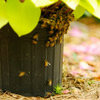spin out bags and buried pots/HVX
peggy_hosta
11 years ago
Related Stories

FUN HOUZZ14 Gardens Straight Out of Fairy Tales
Escape into landscapes that conjure the magical worlds of folklore and literature
Full Story
MOVINGRelocating Help: 8 Tips for a Happier Long-Distance Move
Trash bags, houseplants and a good cry all have their role when it comes to this major life change
Full Story
LAUNDRY ROOMSDouble-Duty Savvy: 10 Supersmart Laundry Room Combos
Throw some extra function in along with the fabric softener to spin your laundry room into mutitasking mode
Full Story
SUMMER GARDENINGHow to Grow Basil
Bright color, quick growth and endless uses for cooking make this summer annual a winner in the garden or a pot
Full Story
FARM YOUR YARD10 Easy Edibles to Grow in Containers
These herbs, vegetables and fruits are just as happy in a pot as they are in the ground
Full Story
FARM YOUR YARDHow to Grow Vegetables in Containers
Get glorious vegetables and fruits on your patio with a pro’s guidance — including his personal recipe for potting mix
Full Story
LAUNDRY ROOMSGet More From a Multipurpose Laundry Room
Laundry plus bill paying? Sign us up. Plus a potting area? We dig it. See how multiuse laundry rooms work harder and smarter for you
Full Story
LIFEYou Said It: ‘Every Room Should Have the Right Wrong Thing’ and More
This week on Houzz we were inspired to break out of catalog styling ruts and let our design freak flags fly
Full Story
GARDENING GUIDESGet on a Composting Kick (Hello, Free Fertilizer!)
Quit shelling out for pricey substitutes that aren’t even as good. Here’s how to give your soil the best while lightening your trash load
Full Story
KITCHEN DESIGN12 Items Worth a Spot on Your Kitchen Counter
Keep these useful tools and accessories out in the open to maintain high function without spoiling the view
Full StorySponsored





coll_123
ken_adrian Adrian MI cold Z5
Related Discussions
Another question on Spin Out Bags
Q
What planting mix/soil for spin out bags?
Q
spin out bags
Q
Spin-Out Bag Garden?
Q
coll_123
Cricket_Love
Cricket_Love
coll_123
paul_in_mn
Cricket_Love
irawon
i-like-to-grow
in ny zone5
Steve Massachusetts
coll_123
Steve Massachusetts
in ny zone5
coll_123
Steve Massachusetts
coll_123
i-like-to-grow
irawon
irawon
bkay2000
in ny zone5
coll_123
Steve Massachusetts
Cricket_Love
almosthooked zone5
thisismelissa
in ny zone5
peggy_hostaOriginal Author
tsugajunkie z5 SE WI ♱
in ny zone5
irawon